
views
X
Research source
It might seem confusing at first, but you'll get the hang of it! Not ready to drop the L-word yet? There are other things you can say to express your affection for the person.
Using the Right Pronouns
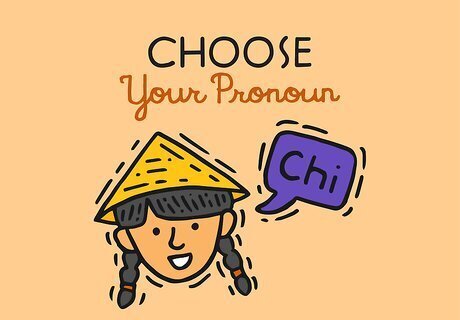
Choose your pronoun based on who you are in relation to the person. There's no single pronoun in Vietnamese like "I" in English. The pronoun you use to represent yourself changes based on your gender and whether you are older or younger than the person you're speaking to. "Anh:" you are male and older than the other person "Chi:" you are female and older than the other person "Em:" you are younger than the other person (whether male or female) "Tôi:" you and the other person are the same age (rarely used)

Address the other person based on who they are in relation to you. Just as the first-person pronoun changes, the pronoun you use for the other person also changes depending on their gender and whether they are older or younger than you. "Anh:" you are younger than the other person and they're male "Chi:" you are younger than the other person and they're female "Em:" the other person is younger than you "Bạn:" the other person is the same age as you (rarely used)
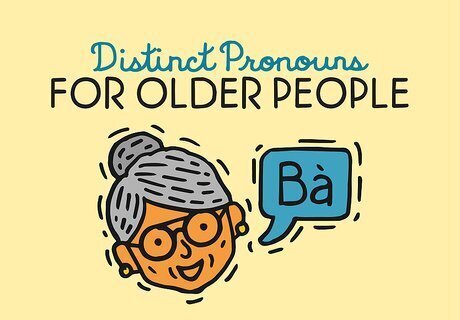
Use distinct pronouns for older family members. The use of specific pronouns in Vietnamese indicates respect, so a familial relationship affects the pronoun you use for yourself and the person you're addressing. These special pronouns apply to parents, grandparents, aunts, and uncles. "Con:" your personal pronoun when you're addressing your parent, grandparent, aunt, or uncle "Ba:" father "Mẹ:" mother "Ông:" grandfather "Bà:" grandmother There are different pronouns for aunts and uncles depending on whether they are older or younger than your parents and which side of the family they're on.
Expressing Affection

Say "I love you" using the verb "yêu." This word means the same thing as "love" in English. Order the words in your sentence the same way you would in English, putting the pronoun that signifies you first, then the verb, then the pronoun for the person you're speaking to. For example, if you are male and you want to say "I love you" in Vietnamese to your younger significant other who is also male, you would say "Anh yêu em." If they're older, you would say "em yêu anh."

Tell the person you like them with the verb "thích." You're not ready to say the L-word just yet, but you definitely want to let someone know that you care for them and like them. Use the same pronoun rules as you would for "I love you," but instead of using the verb "yêu," you'll use the verb "thích." Say your pronoun first, followed by the verb, then the pronoun that refers to the person you're speaking to. For example, if you're female and wanted to tell your younger female friend that you like her (maybe as more than just a friend), you could say "Chi thích em."
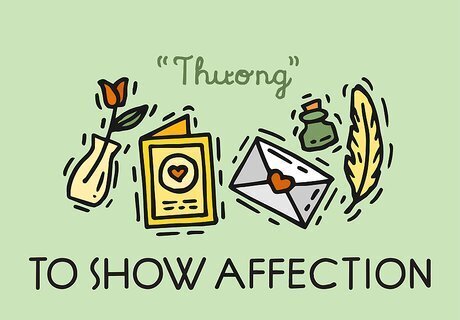
Use the verb "thương" to show affection. There's no exact English translation for "thương," but you can think of it as a casual, easier way to say "love." Just put your pronoun first, then the verb, then the pronoun that represents the person you're talking to. For example, if you're female and want to express your affection to your older female partner, you might say "em thương chi." Even after you've said "yêu," this word is more frequently used in social contexts or casual settings, like when you would say "I love you" in English before ending a phone call or leaving the house.
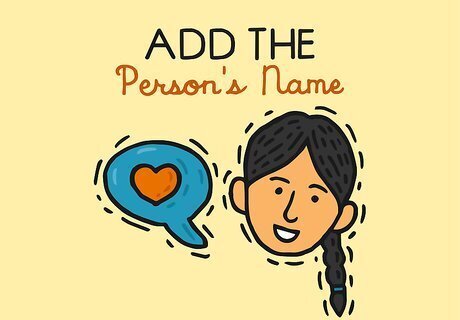
Add the person's name to make it more personal. How can you get even more personal and romantic than "I love you?" In Vietnamese, you can do this by saying the person's name first, followed by the word "à." Then say "I love you" as normal, with your pronoun, the verb "yêu," and the other person's pronoun. For example, suppose you're female and you want to tell your younger female partner, Ann, that you love her. You might say "Ann à, chi yêu em."

Refer to the person as your significant other. There's always something special about hearing your significant other refer to you as their "boyfriend" or "girlfriend" for the first time. If you want to do this in Vietnamese, use the following: "Bạn trai:" boyfriend "Bạn gái:" girlfriend "Người yêu:" lover (gender-neutral)
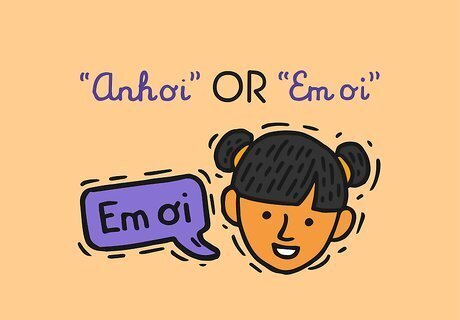
Call the person by saying "anh ơi" or "em ơi." Because "ơi" sounds a lot like the English "oi," English speakers might interpret this as something rude, akin to "hey you"—but it's actually meant affectionately. Simply change up the pronoun depending on the gender of the person you're saying it to. For example, if you want to get your significant other's attention and they're female, you would say "em ơi." If they're male, you would say "anh ơi." Their age doesn't matter for this particular phrase. Think of this as similar to calling your significant other "honey" or "dear" in English.
Pronouncing Vietnamese Words

Start with unaccented vowel sounds. These pure sounds are perhaps the easiest to grasp and most of them make sounds comparable to letters in English, so they're easy to remember. Vowels without any accent mark make the following sounds: "A" makes an "ah" sound like the "a" in the English word "father." "E" makes an "eh" sound like the "e" in the English word "get." "I" makes an "ee" sound like the "i" in the English word "machine." "O" makes an "ah" sound like the "o" in the English word "hot." "U" makes an "oo" sound like the "oo" in the English word "boot."

Change the sound of the vowel depending on the accent mark used. The 5 vowels also come in accented versions that change the sound of the letter. Don't confuse them with tonal accent marks, which only change your tone of voice, not the sound of the vowel itself. Accented vowels make the following sounds: An "â" sounds like the "u" in the English word "but," while an "ă" sounds like the "a" in the English word "hat." An "ê" sounds like the "a" in the English word "mate." An "ô" sounds like the "oa" in the English word "boat," while an "ơ" sounds like the "u" in the English word "fur." The sound of "ư" does not change relative to the unaccented vowel. It still sounds like the "oo" in the English word "boot."

Say most Vietnamese consonants the way you would in English. Vietnamese has 17 consonants and 11 consonant clusters. The good news, if you already speak English, is that almost all of them are pronounced the same way you would pronounce them in English. Here are the few exceptions: A "d" or "gi" is pronounced like the "z" in the English word "zoo" in Northern Vietnam. In Central and Southern Vietnam, it sounds more like the "y" in the English word "yes." The letter "đ" sounds like the "d" in the English word "dog." A "g" or "gh" is always pronounced with a hard "g" sound, like the "g" in the English word "goat" or the "gh" in the English word "ghost." A "kh" produces a sound that doesn't exist in English but is similar to the "ch" in the Scottish word "loch" or the German word "ach." "Ng" and "ngh" sound like the "ng" in the English word "sing." However, unlike in English, this consonant cluster can appear at the beginning of words. "Ny" sounds like the "ny" in the English word "canyon." Unlike in English, this consonant cluster can also appear at the beginning of words. The "x" makes a sound like the "s" in the English word "sun" in Northern Vietnam. In Central and Southern Vietnam, it sounds more like the "sh" in the English word "shy."
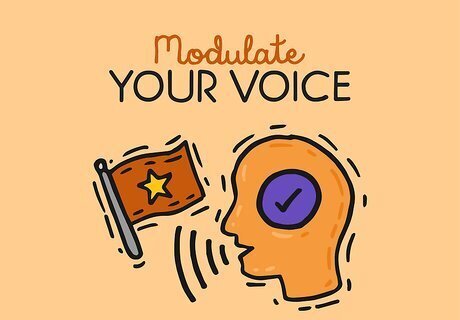
Modulate your voice to produce the correct tone. If you look at written Vietnamese, you'll notice that some vowels have 2 accent marks around them. The second accent mark indicates the tone in which you pronounce that syllable. There are a total of 6 tones in the Vietnamese language, although not all of these tones are used in some parts of Vietnam. Here are the 6 tones and their tonal marks, using the syllable "la" as an example: La: start high, stay flat Là: start low, stay low Lá: start high, go higher Lạ: a short, low tone Lả: start relatively low and go higher, as though you're asking a question in English Lã: the same as the "lả" tone in Southern Vietnam; short break in the middle in Northern Vietnam
















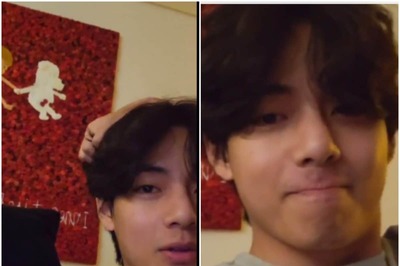


Comments
0 comment